
The ancient city of Chiang Saen which is one of the most important cities of the Lan Na Kingdom and admits a large number of archaeological sites, both prehistoric and historic periods was established by command of King Saen Pu in 1328.
Archaeological and historical evidences manifested that Chiang Saen has a long development of complex cultures. The location on the west bank of the Mekong River is appropriate for human settlement that could develop itself into a center for tread as well as into a town of economic and political importance. The architectural remains are sources of strength to the written records that the city was fully advanced in the 14th century.
The Chiang Saen National Museum, Which is a site museum under the Department of Fine Arts, was established in the old sala (Buddhist building) of Wat Chedi Luang in 1957 as the center for collecting and displaying archaeological artifacts found from excavation and restoration of the ruins in the ancient city of Chiang Saen and its vicinity. It is situated in the ancient city of Chiang Saen, in 1981 it was allocated a budget to complete the new building as planned. The main exhibition hall is constructed in the applied - Lan Na architectural style.
the ruins in the ancient city of Chiang Saen and its vicinity. It is situated in the ancient city of Chiang Saen, in 1981 it was allocated a budget to complete the new building as planned. The main exhibition hall is constructed in the applied - Lan Na architectural style.
 the ruins in the ancient city of Chiang Saen and its vicinity. It is situated in the ancient city of Chiang Saen, in 1981 it was allocated a budget to complete the new building as planned. The main exhibition hall is constructed in the applied - Lan Na architectural style.
the ruins in the ancient city of Chiang Saen and its vicinity. It is situated in the ancient city of Chiang Saen, in 1981 it was allocated a budget to complete the new building as planned. The main exhibition hall is constructed in the applied - Lan Na architectural style. The main purpose of the collection is to emphasize history, art and archaeology related to h uman settlement, and artifacts from prehistoric to historic periods for the purpose of study and pleasure.
uman settlement, and artifacts from prehistoric to historic periods for the purpose of study and pleasure.
 uman settlement, and artifacts from prehistoric to historic periods for the purpose of study and pleasure.
uman settlement, and artifacts from prehistoric to historic periods for the purpose of study and pleasure. H.R.H. Princess Maha Chakri Sirindhorn graciously opend the museum on March 7, 1997.
The Chiang Saen National Museum occupies the entire space of a rectangular shaped one storey building and the addition past of U-shaped wing, so the museum exhibition can be divided into 3 sections as follows :
First Section The storey - inside a major exhibition hall on the lower floor displays : the location of the settlement at Chiang Saen, Inscriptions was found from Chiang Saen and its vicinity and stucco decoration from Wat Pa Sak including the world reknowned sculpture of the kirtimuka (kala face). Another attractive point of the main exhibition hall is the flame final of the Heavenly Golden Budha and the Lan Na Buddha images in Chiang Saen style, the excavations and restorations of the ruins in Chiang Saen and its vicinity.
Second Section The storey - inside a major exhibition hall on the upper floor displayed important sculptures in Chiang Saen and artifacts from excavation and renovation of ancient monuments in Chiang Saen and also it's surrounding area.
Third Section The exhibitions are Northern Thai ceramics in Chiang Rai province and the other related wares, the Mekong River, religious objects, and folk art of the northern minority groups in Ching Rai Province such as the Thai Yuan, Thai Yai, Thai Lue, and various hill tribes in Chiang Saen District including Mien (Yao), Akha (Ekaw), and Hmong (Maew). Also Shown are tools and basketry of various ethnic groups.
First Section The storey - inside a major exhibition hall on the lower floor displays : the location of the settlement at Chiang Saen, Inscriptions was found from Chiang Saen and its vicinity and stucco decoration from Wat Pa Sak including the world reknowned sculpture of the kirtimuka (kala face). Another attractive point of the main exhibition hall is the flame final of the Heavenly Golden Budha and the Lan Na Buddha images in Chiang Saen style, the excavations and restorations of the ruins in Chiang Saen and its vicinity.
Second Section The storey - inside a major exhibition hall on the upper floor displayed important sculptures in Chiang Saen and artifacts from excavation and renovation of ancient monuments in Chiang Saen and also it's surrounding area.
Third Section The exhibitions are Northern Thai ceramics in Chiang Rai province and the other related wares, the Mekong River, religious objects, and folk art of the northern minority groups in Ching Rai Province such as the Thai Yuan, Thai Yai, Thai Lue, and various hill tribes in Chiang Saen District including Mien (Yao), Akha (Ekaw), and Hmong (Maew). Also Shown are tools and basketry of various ethnic groups.




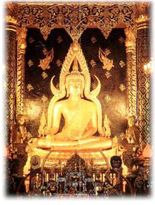
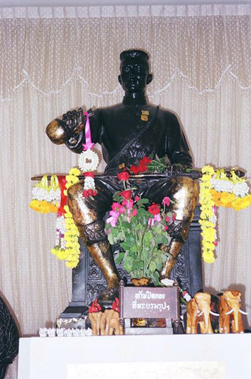
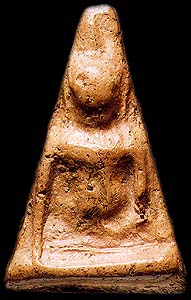
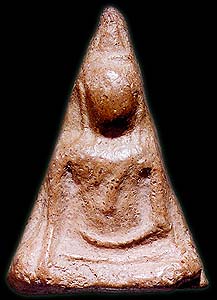
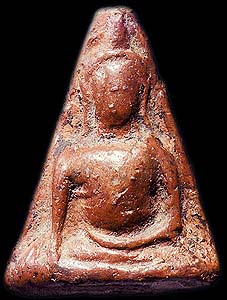
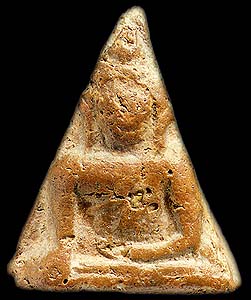
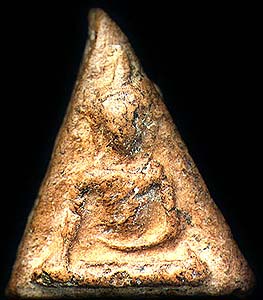
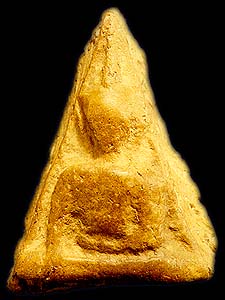
No comments:
Post a Comment